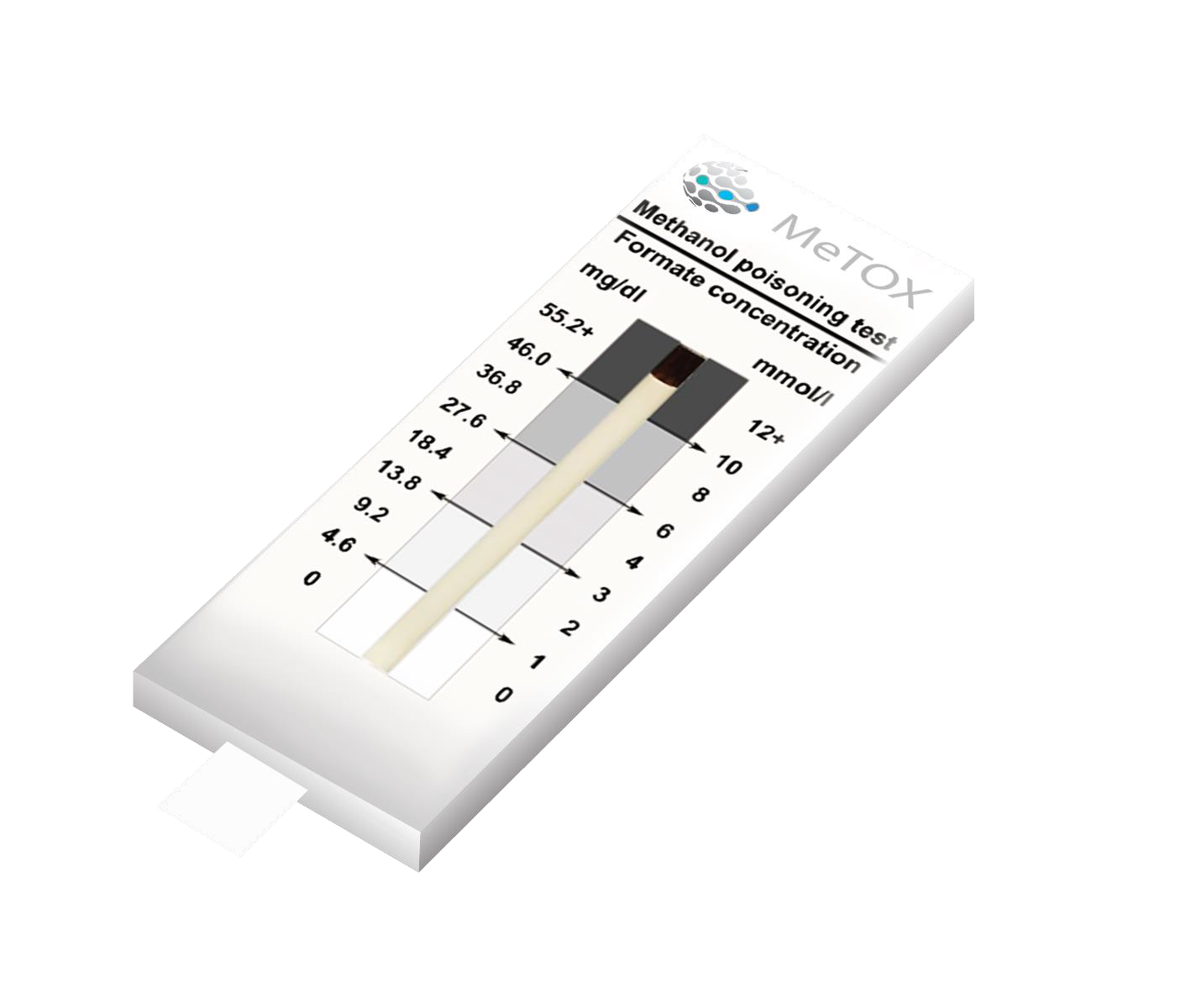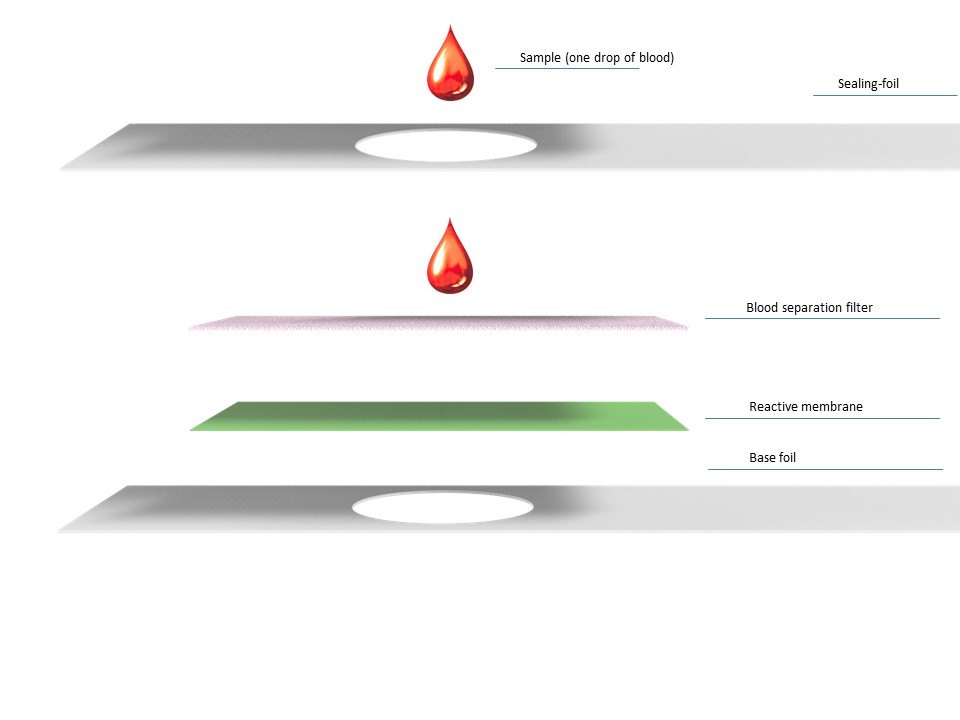Methanol poisoning
Methanol is an alcohol that is sometimes added to regular alcohol (ethanol) as a cheap substitute in order to make more money. Methanol itself is not toxic, but it is metabolized in the body to formic acid/formate. Formate inhibits mitochondrial respiration making an “intracellular hypoxia” causing hypoxia at the cellular level, followed by a metabolic acidosis.
Methanol poisoning can lead to visual disturbances of all kinds (including blindness), brain damage or death.
It is therefore critical to accurately diagnose the cause of the poisoning and start correct treatment as soon as possible.



